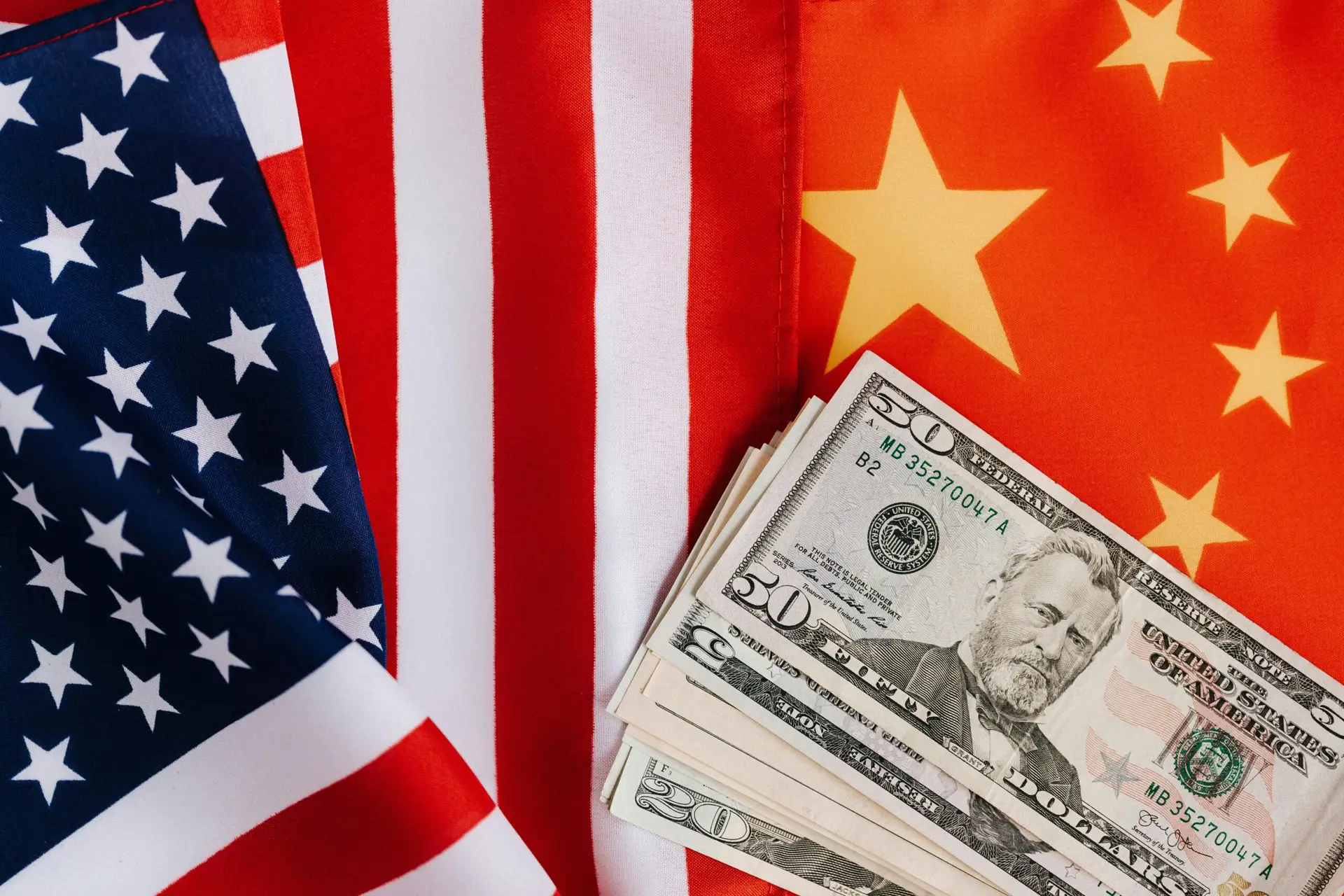US-Canada lumber tariffs
On April 2, 2025, President Trump announced a reciprocal tariff plan that brought major changes to the international trade landscape, but it is worth noting that Canada was exempted from these new global tariffs. This exemption is a major win for the U.S. housing industry, as Canada accounts for approximately 85% of total U.S. softwood lumber imports, nearly a quarter of the available supply in the U.S. market.
However, the existing tariff situation remains complex:
- Canadian lumber still faces a tariff of 14.5% when entering the U.S. market
- The National Association of Home Builders (NAHB) expects the tax rate to increase later in 2025.
- The U.S. Department of Commerce is conducting anti-dumping and countervailing duty investigations on Canadian lumber imports, which could further affect tariff rates
- The Department of Commerce has indicated plans to double the current tariff rate of 14.5% later in 2025, likely in September, which could bring the overall tariff rate on Canadian softwood lumber to more than 50%.
US-China Tariff Updates
The tariff situation between the United States and China has escalated significantly:
- Starting April 5, 2025, the United States will implement the basic tariff of 10% on imports from most countries
- In the week before April 4, Trump imposed additional tariffs of 341, ...
- Trump has already imposed two rounds of 10% tariffs on Chinese imports since January 2025.
- Cumulatively, Chinese goods entering the U.S. now face a total tariff of about $541,000,000.
China’s retaliatory measures
China responded swiftly and decisively:
- On April 4, China announced that it would impose a reciprocal tariff of 34% on all US imports starting April 10, 2025.
- This is broader than previous targeted retaliatory measures, affecting about $500 billion in trade between the two countries.
- China has also imposed additional punitive measures, including adding 11 U.S. companies to its "unreliable entity list" and imposing export restrictions on rare earth minerals.
- The Chinese government has imposed export controls on a variety of items to "better protect national security and interests"
Impact on timber trade patterns
These tariff changes are reshaping the timber trade in several ways:
- Canadian lumber producers are accelerating a shift to operating closer to the U.S. southern border to avoid tariffs
- British Columbia's lumber industry is considering redirecting supply to the Asia-Pacific region to circumvent tariffs, although this presents challenges because Canadian sawmills are primarily configured to serve the U.S. housing market.
- March 2025 lumber futures hit 2-1/2 year high, exceeding $650 per thousand board feet
- Lumber prices could climb to $765 within months after tariffs are implemented, potentially increasing the average home cost by more than $10,000.
LumberFlow Expert Interpretation
For Chinese timber importers, the reciprocal tariff policy after April 5, 2025 has had a significant market restructuring effect. The cumulative 54% tariffs imposed by the Trump administration on Chinese goods and the 34% reciprocal tariffs imposed by the Chinese government on US products from April 10 are fundamentally changing the trade channel for North American timber to flow into the Chinese market.
Data shows that this tariff structure has created clear opportunities for Chinese importers to differentiate their purchases. Currently, Canada’s timber exports to China do not face the same level of tariff barriers as the United States, which gives Canadian SPF (spruce-pine-fir) and Douglas fir a significant price advantage in the Chinese market over similar American products. Specifically:
- U.S. lumber exporters face retaliatory Chinese tariffs under 34%, a burden Canadian exporters do not have
- According to preliminary calculations, Canadian products can be up to 20-251T cheaper than equivalent American products in the Chinese market.
- British Columbia sawmills have begun to turn to the Chinese market, and exports to China are expected to increase by 15% in the second quarter of 2025
- Under this tariff structure, it is expected that the volume of U.S. timber exports to China will drop by about 30-35% in 2025.
Logistics analysis and supply chain adjustment
The reciprocal tariff policy between the United States, Canada and China has directly affected the timber shipping logistics pattern, mainly in the following aspects:
- Vancouver Port lumber export activity is expected to increase by 25-30% in May-June 2025, potentially leading to container shortages and higher demurrage charges
- Timber-specific container freight rates at ports such as Seattle and Portland are expected to fall by 15%-20% due to reduced exports from the US West Coast
- Canada's Port Rupert has announced an increase in timber handling capacity of 40% to serve the Chinese market
- Comparison of transportation costs: The freight cost of lumber from British Columbia to China is about US$75-85 per cubic meter, while the equivalent freight cost from the US West Coast port to China is now US$85-95, plus the tariff difference, giving Canadian products a total cost advantage of about 30%
It is worth noting that existing shipping routes are rapidly adjusting to accommodate new trade flows, including the increase in direct routes from Canada’s west coast to major Chinese ports and container redeployment.
Strategic Recommendations
Based on the current reciprocal tariff pattern, Chinese timber importers should consider the following specific strategies:
- Restructuring of procurement channels: Immediately redirect U.S. purchase orders for 30-40% to Canadian suppliers, particularly producers in British Columbia, to take advantage of cost advantages from tariff differentials
- Optimization of contractual arrangements: Signing medium-term contracts of 6-9 months with Canadian suppliers to lock in current prices as Canadian lumber prices are expected to rise by 10-15% by the third quarter of 2025 as demand shifts %
- Logistics forward-looking layout: Book container space in Vancouver and Prince Rupert 45-60 days in advance to avoid expected capacity crunch
- Tariff risk hedging: Consider building a strategic inventory of 20-25% to cope with potential tariff policy fluctuations, especially considering possible policy adjustments after the US election
- Differentiated product strategy: Focus on Canadian SPF and Douglas fir, the price-performance ratio of these products in the Chinese market has been significantly improved
The current tariff structure creates obvious short-term purchasing opportunities for Chinese importers, but they should also be wary of the uncertainty that may arise from further changes in the US-Canada trade relationship. It is recommended to establish a closer information sharing mechanism with North American suppliers in order to respond quickly to policy changes.





